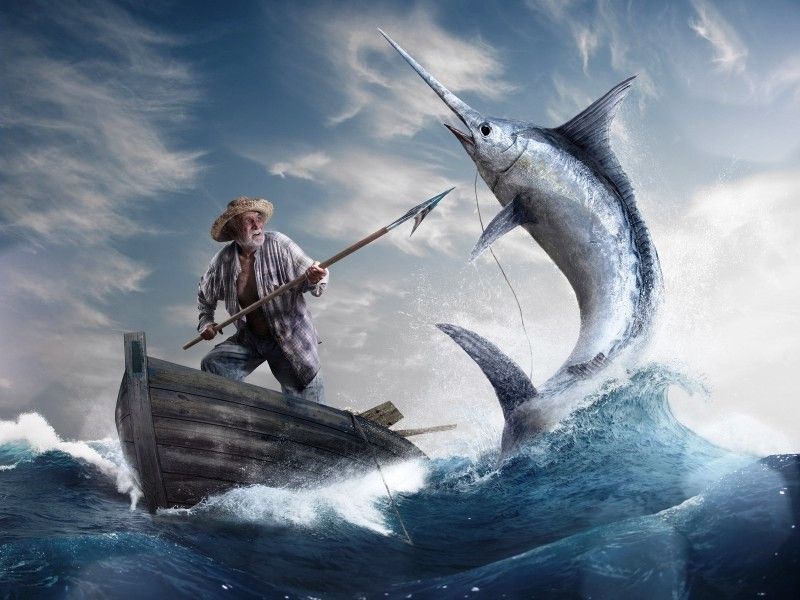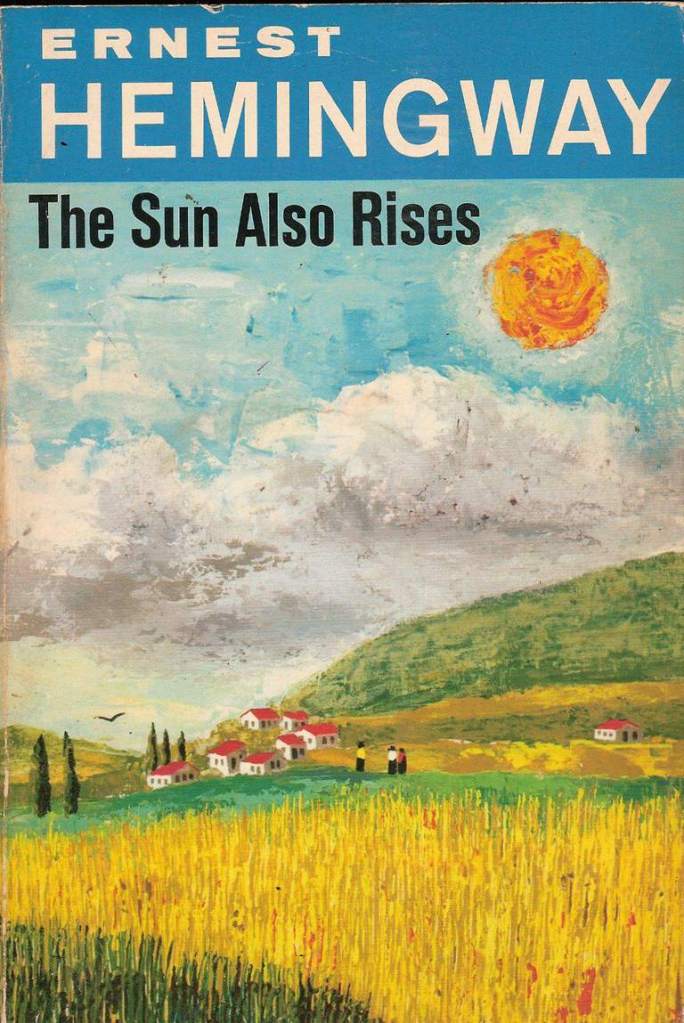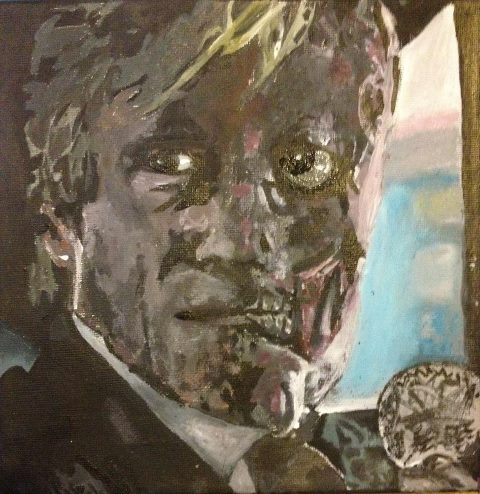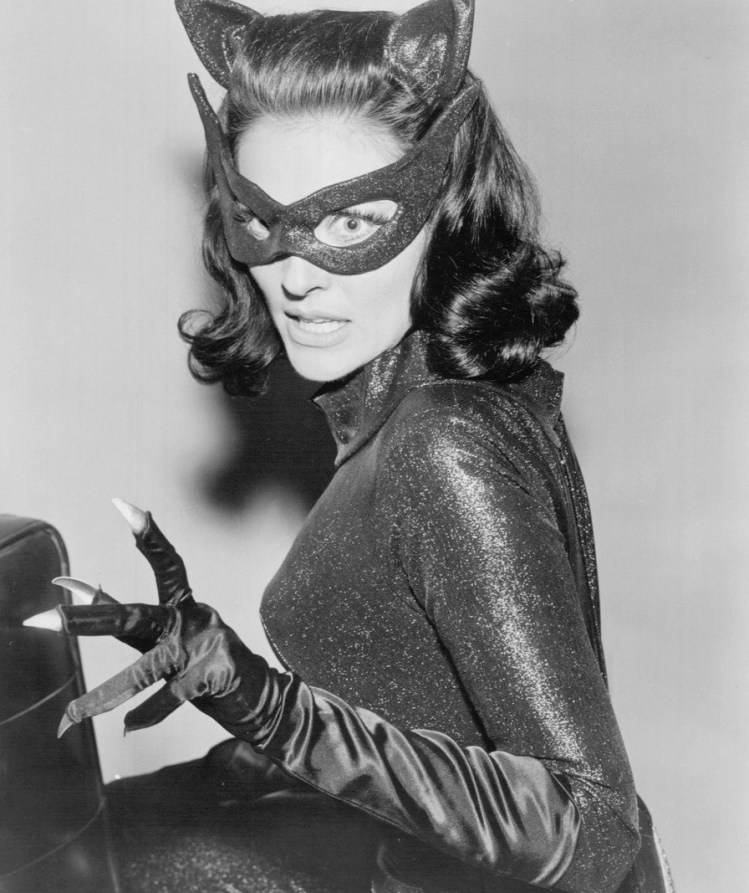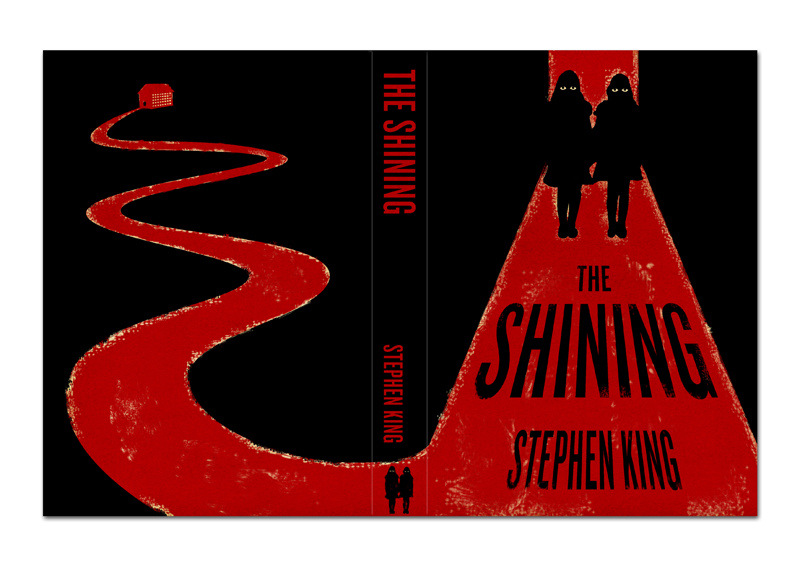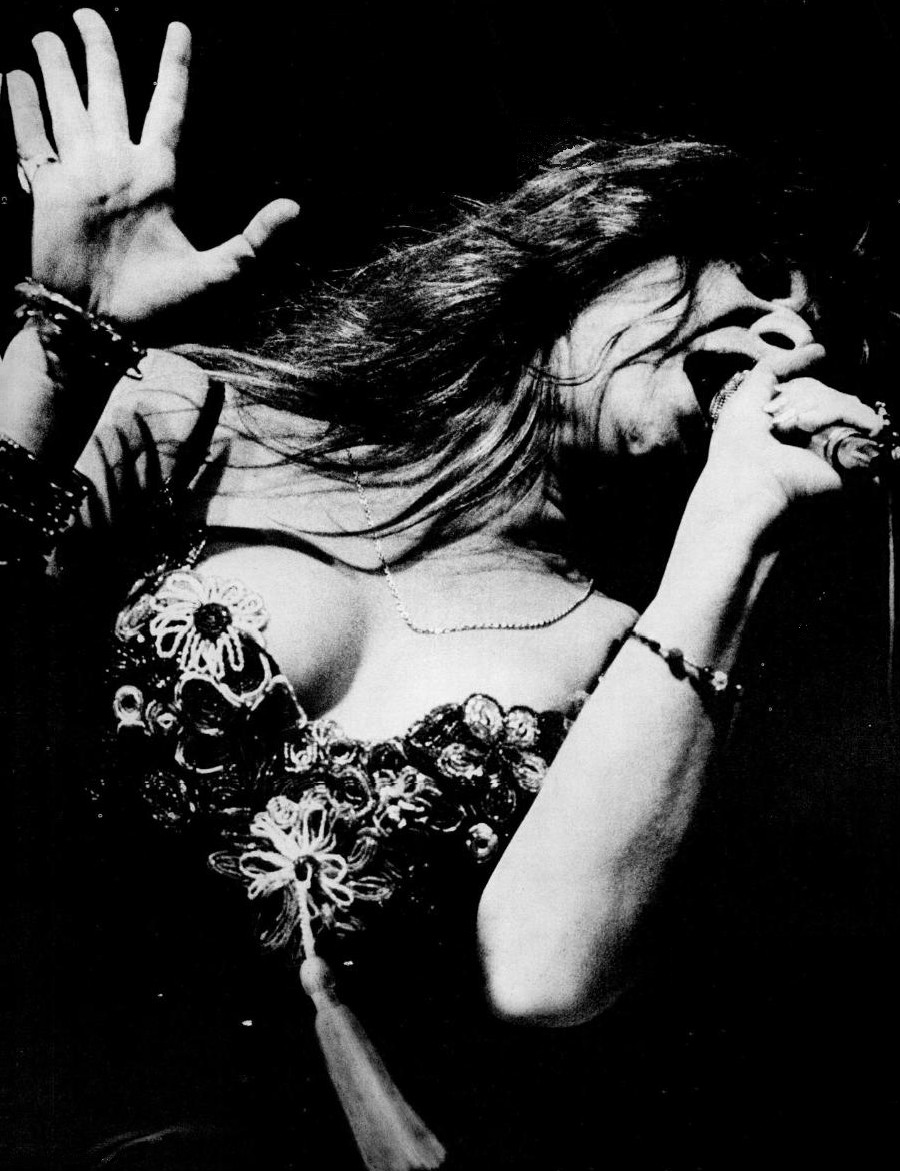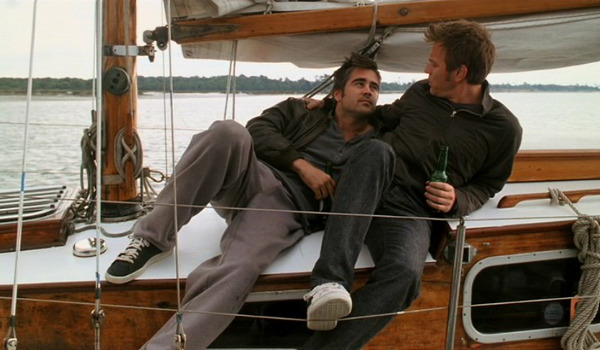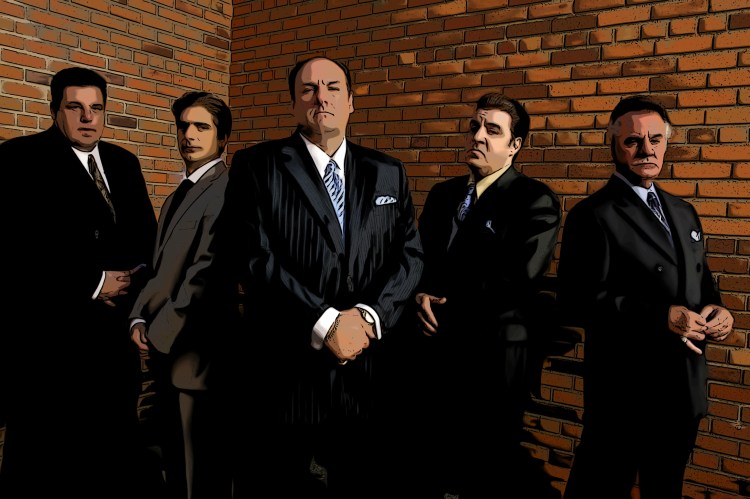Here are some of the most popular dads in classic movies. Celebrate the upcoming Father’s Day – Sunday, Aug 8, in Brazil – watching any of them with your old man. Some of them are available on Netflix. Maybe there’s still time to purchase a DVD too.
To Kill a Mockingbird (1964): The Open-Minded Dad
One of the most beloved movie dads of all time, Gregory Peck plays the widowed lawyer Atticus Finch, who goes up against an entire town in Alabama in the 1930s to defend a young black man accused of raping the daughter of a drunken bigot. The movie is based on the Pulitzer Prize-winning autobiographical account of the late author Harper Lee’s childhood. The story is seen through the naïve eyes of Atticus’ adoring, tomboyish daughter Scout, who leads a happy life, playing in the bucolic countryside in the company of her older brother Jem and a younger, precocious boy called Dill, who, most likely, represents her lifelong friend Truman Capote. Scout learns, by observing her dad’s impeccable behaviour, to respect and promote diversity in all its forms.

The Godfather (1972): The Mob Dad
This seminal mob movie from the early seventies reinvented the gangster genre by showing the Mafia from the perspective of family life. The portrait of a close and loving relationship between a father (Marlon Brando) and his sons, depicted against the backdrop of a violent war among mob families in New York, has both shocked and mesmerized audiences for almost 50 years now. The unexpected rise to leadership of the least likely of Don Corleone’s sons, the college educated and sensitive Michael (Al Pacino), who, on assuming the role of the head of the family, surpasses his father in coldness, decisiveness and cruelty, still has the power to galvanize audiences.

Jaws (1975): The Superhero Dad
Based on Peter Benchley’s bestselling book, Jaws was the first of the so-called blockbusters, earning an estimated $407 million at the box office. Chief Martin Brody (Roy Scheider) will be forever remembered as the worried dad who, not only grows overprotective of his two young boys, but becomes the surrogate father of the whole beach town of Amity. Brody sets out to kill the great white shark that haunts the summer resort, in a Moby Dick–style expedition. The repetitive chords of the iconic John Williams’ music score and the line you’re gonna need a bigger boat, uttered by Brody after his first glimpse of the huge shark, have been a part of pop culture since the movie’s release.
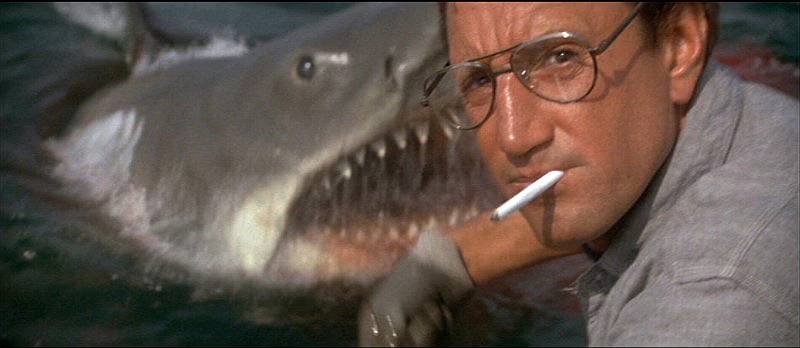
Back to the Future (1985): The Goofy Dad
A strong premise, great acting across the board, lots of action and humor, plus a a wonderful soundtrack, combine to make Back to the Future a landmark 80s movie. The focus here is on Marty McFly (the ultra charismatic Michael J. Fox), but the majority of the story revolves around his efforts to duck his mother’s romantic advances, while trying to create the necessary conditions for her to meet his shy father so that they can fall in love and marry, resulting in the existence of the family in the present.
Confusing? Not really, Marty is accidentally sent back to 1955 (from 1985) in a time machine made from a car, a 1982 DeLorean DMC-12, by his friend, the mad scientist Doc Brown (Christopher Lloyd). Marty attempts to put some order into his future parents’ chaotic lives.

Wall Street (1987): The Sensible Dad
The movie begins with Bud Fox (Charlie Sheen) looking to climb the Wall Street ladder. His father, Carl (Martin Sheen), is a head mechanic at Bluestar Airlines, and reveals the results of an investigation into a plane crash. By using this inside information to presell the airliner’s stock before it crashes, Bud becomes the protégé of Wall Street wolf Gordon Gekko (Michael Douglas). Bud climbs to the top quickly, accumulating money, power, and women. Eventually, he becomes a heavy drug user. Luckily, his father is there for him to cushion his fall.
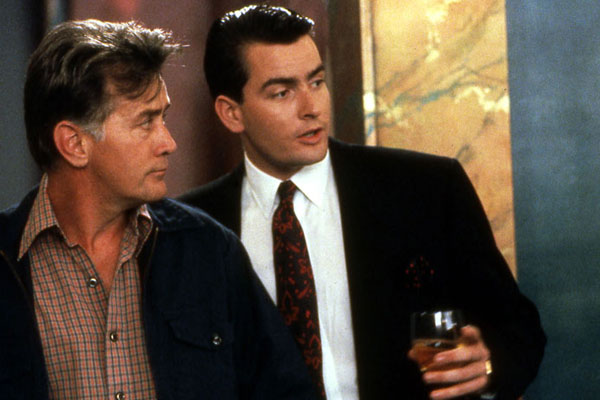
Can you add any other famous Dads from movies you have enjoyed to this post? Go ahead and use the comments section below.

